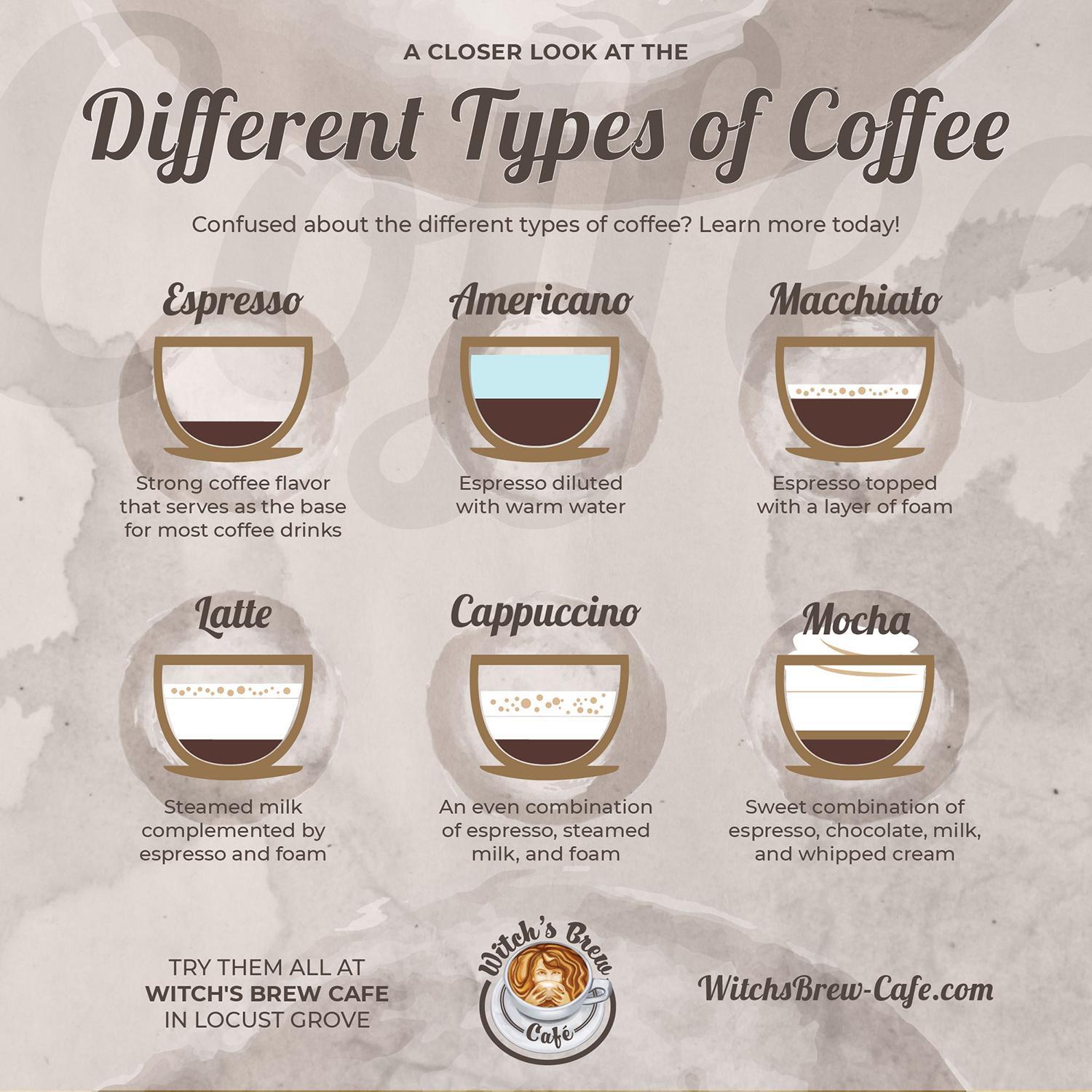As a coffee enthusiast, I've often wondered: “What truly distinguishes coffee from espresso?” Despite being made from the same types of beans, these two drinks offer unique experiences in terms of flavor, texture, and caffeine content. Let’s explore how their preparation methods make all the difference.
Both coffee and espresso start with ground Arabica or Robusta beans, but variations in brewing, grind size, and caffeine levels create distinct beverages. Knowing these distinctions can help you better appreciate each one, whether you’re a casual coffee drinker or an espresso aficionado. If you're looking to elevate your experience, exploring options like the Best Automatic Espresso Machine, Best Iced Coffee Maker, or Best Latte Maker can make a noticeable difference in flavor and convenience.
Brewing Method: The Heart of the Difference
The primary difference between coffee and espresso lies in their brewing techniques, which influence flavor, texture, and caffeine concentration.
Traditional coffee is prepared using methods such as drip brewing, pour-over, or French press. These techniques involve hot water passing slowly through coarsely ground beans over several minutes, resulting in a milder and less concentrated drink—perfect for leisurely sipping.
Espresso, however, is brewed under pressure. Espresso machines push hot water through finely ground coffee at around 9 bars of pressure, with the process lasting just 25-30 seconds. This quick, high-pressure method produces a concentrated, rich shot with a velvety texture and a layer of golden-brown crema on top, giving espresso its characteristic intensity.
In essence, coffee is brewed gently, while espresso undergoes a fast, intense extraction.
Grind Size and Preparation: Key Elements
Grind size is essential for both beverages and directly impacts their flavors. For regular coffee, a coarser grind is ideal because the slower brewing process allows balanced flavor extraction without bitterness.
Espresso, by contrast, requires a much finer grind. The small coffee particles enable maximum flavor extraction in a short time, contributing to espresso’s bold, concentrated taste. Using the wrong grind size can significantly impact your espresso’s flavor, as I discovered through my early experiments in home brewing.

Flavor Profiles: Mild vs. Intense
When it comes to taste, coffee and espresso provide contrasting experiences. Coffee’s slower extraction process results in a smoother, more balanced flavor that’s easy on the palate, making it perfect for those who prefer a mellow, drinkable beverage.
Espresso, on the other hand, delivers a potent and concentrated flavor in a small, thick shot. While espresso can feature earthy, nutty, or fruity notes depending on the beans, it always delivers a flavorful punch. It’s my go-to when I need a bold, energizing start to my day. If you're a fan of espresso, you might want to check out the Philips 5500 LatteGo Review or the Philips 5400 LatteGo Review for some fantastic machines that elevate your espresso experience.
Caffeine Content: Setting the Record Straight
A common misconception is that espresso has more caffeine than regular coffee because of its strong taste. In reality, caffeine content varies based on serving size.
Espresso contains approximately 63 milligrams of caffeine per ounce, while an 8-ounce cup of drip coffee has around 95 milligrams. Due to its smaller serving size, espresso drinkers generally consume less caffeine overall than coffee drinkers.
When I need sustained energy, I choose coffee. But for a quick caffeine jolt, especially in the afternoon, a shot of espresso does the trick.
Crema: The Signature of Espresso
One distinctive feature of espresso is the crema—the golden, creamy foam that tops a well-made shot. This layer forms when high pressure emulsifies the coffee’s natural oils, creating a smooth and velvety finish.
Regular coffee doesn’t produce crema, as it lacks the necessary pressure. For me, crema adds a luxurious touch to espresso, enhancing its rich experience.
Versatility: Espresso’s Advantage
While regular coffee is often enjoyed solo or with milk, espresso has a versatility advantage. As the base for drinks like lattes, cappuccinos, macchiatos, and Americanos, espresso’s robust flavor allows it to blend well with milk, foam, or water, offering a wide range of drink options. I enjoy experimenting with different espresso-based drinks, especially when I’m in the mood to get creative with my coffee.

Conclusion
Though coffee and espresso originate from the same beans, differences in brewing methods, grind sizes, and flavors make them distinct. Coffee offers a smooth, lighter experience suited for leisurely sipping, while espresso’s concentrated brew is bold and versatile, ideal for a quick energy boost or as a base for specialty drinks.
In the end, choosing between coffee and espresso is a matter of personal preference. For a relaxed, mild experience, coffee is an excellent choice. But if you crave something intense and rich, espresso is sure to satisfy. Personally, I embrace both, depending on my mood and the time of day.
